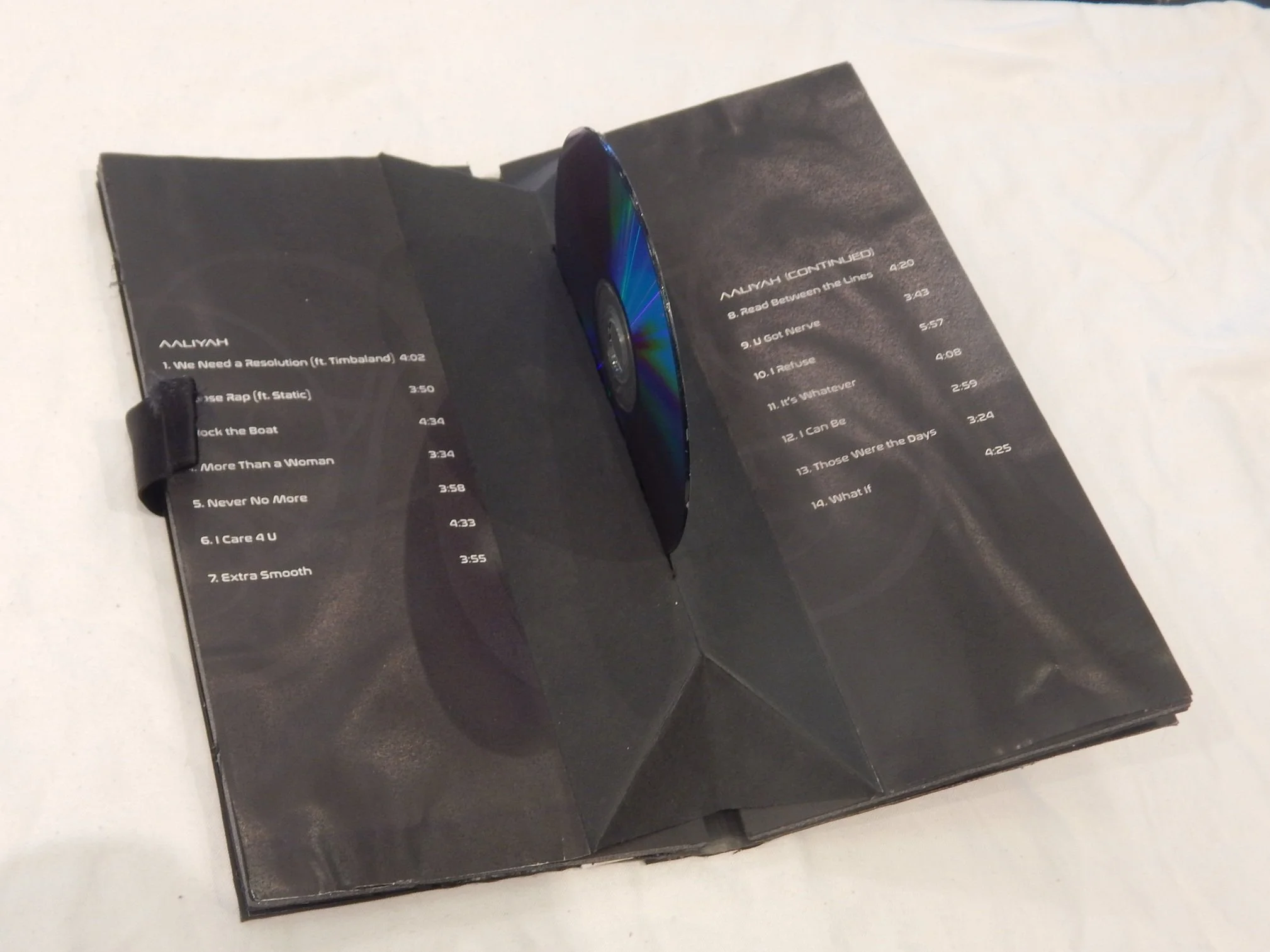Why You Should Design in Black and White First.
Photo by Ramiro Mendes on Unsplash
A lot of designers I see immediately jump to designing in color and I would like to argue against that.
My first year of design school, we only designed in black and white. Later on, I find it to be a really helpful trick when figuring out what to design and how. I feel this can be applied to both print and digital design, and especially useful for UX and UI designers.
After all colors affect how we think and how we perceive the world around us. Not only that but some people can’t see colors the same way as everyone else.
We’ve all been there when we’re on a time crunch and we get stuck trying to pick out a color theme to go for or we sit there and argue with our coworkers over what hue of blue to decide on for a button.
You make better layout choices
Designing in black and white first gives you a constraint where you aren’t thinking about color palettes instead you are thinking about shape and form first.
You can make better use of your time by focusing on the spacing, typography, the shading, usability, and the like.
Then when you go to add in the color, you already know that your shapes work where and why. It forces you to think differently about your design then if you had originally started with the color version.
It’s easier to design for Accessibility
Something I’ve been thinking a lot about lately is making sure that my digital designs are accessibly to handicap users. Those viewing my website or my design via their computer or their phone might be color blind or have bad vision.
It’s important to make sure that they’re still able to use my design even if they can’t see all the colors or see them very well.
I want everyone to have access to well designed products, websites, and apps. Therefore, I think including this part in your design process is important.
You aren’t so worried about color palettes
One of my favorite sites to browse aimlessly is Design Seeds, a blog devoted to color palettes. As a designer, this is an exciting place to see how they picked out the colors and why. Not only that, but the palettes are curated for different seasons and other ideas.
Needless to say, I can get sucked into this site and ones similar to it and spend way to long nitpicking every color. It also makes me think of how colors work together, especially when I’m taking photographs.
Designing in black and white first allows you to not get sucked into this so early on in your design process. You don’t always need to have the perfect colors picked out right away.
Especially since your colors might change depending on the design and what it needs. You might pick a lovely shade of pink and then suddenly realize it clashes with the brazen red you picked out earlier. Having second opinions on your designs and when you get color can help speed up the process.
Photo by Philip Strong on Unsplash
Try printing out your design in black and white
Yes, there are some projects where the color is very important and you simply have to start with it. But before you go too far, I would like to suggest try printing out your design in black and white.
I like this trick because not everyone is going to have a color printer handy or care about printing in color. Knowing what your design looks like in black and white ensures that nothing will get lost in shades of gray and black.
I especially recommend this to anyone who is creating a resume. Potential employers want your resume to be easily scanned as possible. And if you’re using a bunch of light colors that don’t show up well in black and white, someone else they hand it to might toss your resume to the side.
Never assume people will be viewing your designs the same way you are.
Take a moment to REALLY think about that gradient
Gradients are all the rage in 2018-2019. They are everywhere from Instagram, Spotify, to Apple Music. Everyone wants to hop on the gradient trend because it looks cool and it’s futuristic.
But gradients can be hard to do well, especially if you’re making one from hand and not using a program that automatically blends the color.
Before you throw on a gradient just because it’s trendy, take the time to think if it will really work with your design and why you’re using it. Just because it’s trendy and cool doesn’t mean it’s going to last for another 5 years when you finally need to revamp that app design you did forever ago.
Making sure your design works with or without a gradient is important because it’s a color trend and it’s easier to swap out colors than components or awkward type because the gradient made your brain think the leading was off.
Make it B&W but then flip it so it’s W&B
A lot of apps and sites these days are gravitating towards having a dark background. Which is cool and looks neat, and helps the eyes rest at night.
But it also can be hard to read white type on a black background and see other shapes. Twitter recently in 2019, gave you the option to switch between a dark and light mode, but the difference can be really shocking. Your brain perceives pictures differently in the two different versions.
So if you want to hop on this trend, I would make sure to not just design in black and white, but then flip it so the black is white and the white is black. Now you know your design works in both dark and light modes without having to change too many things.
Keep It Classy
We can sit here and argue for days about color, but at the end of the day, we all know that black and white is classy and clean. Think of black tie events for example. It gives off a vibe of sophistication.
By knowing that your design works in black and white, you know that even if your colors don’t work out, you can always fall back on these simple two colors.
Technically, black and white aren’t really colors, but you get the point. They’re nice and they are versatile. At the end of the day, black and white will always be classic and simple.
If you haven’t studied color theory a lot, I would suggest keeping to this rule of thumb until you learn color really well.
Designing in B&W is an Art all of its own
Not only is it important to study colors, but also study these two basic colors as well. I think that knowing that true black isn’t the same as black on your Photoshop color picker is extremely important. And that someone created the BLACKEST BLACK shade ever and then started a whole drama scene over it…
White is a symbol of purity over here in the West, but in other countries it might not mean the same thing. White can be a symbol of death and loneliness, so it’s important to also understand these symbols behind it if you choose to keep your designs black and white.
They aren’t always appropriate for every situation either. Such as you probably want to design your app for kids with color because that will keep their attention better than it would otherwise.
There are lots of great places to get inspiration from so I would suggest looking up designs in black and white and seeing what pops up. If you’re used to designing in color, this can be a useful exercise for you to improve your design.
“Is designing in black and white part of your design process?”












